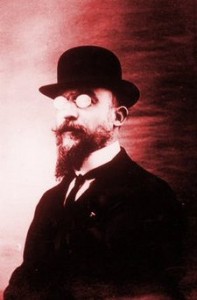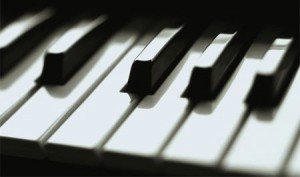I’m going through a David Bowie phase in my car at the moment – in-car listening is a terrific way of exploring music – and am working through Changes, Black Tie, White Noise and Reality,
All was going well until three tracks into Black Tie,White Noise when Bowie started singing his cover version of Cream’s I Feel Free. I’ve not heard it before – and it was terrifying.
A 60’s super-group comprising guitarist Eric Clapton, bassist Jack Bruce and drummer Ginger Baker, Cream’s original version of I Feel Free has a manic, slightly trippy euphoria about it, a recklessly exuberant feel.
Bowie’s, however, has none of that: instead, there’s a brooding menace about his version: he sings in a very low register, the rhythmic feel is halved, such that it is much slower, there’s none of the jolly hand-clapping of the Cream original. All in all, it adds up to a very creepy rendition: I think it works, but I’m still not wholly sure, being slightly freaked out at hearing a song I’ve loved for years delivered in such a brooding and ominous fashion (once you get past the opening twenty seconds, that is…).
Combined with a slightly deranged guitar improvised chorus, it’s quite disturbing: shades of Buffalo Bill or the Jigsaw Man’s soundtrack inside their head as they stalk the pavements for their next victim.
Compare them for yourself, and let me know what you think. If you dare…



